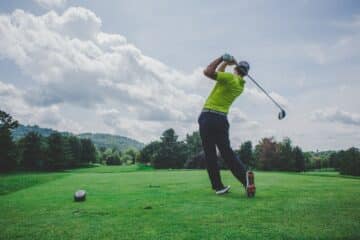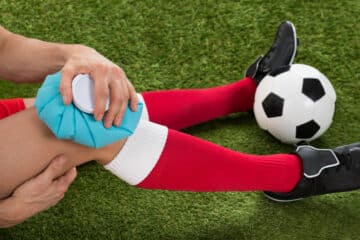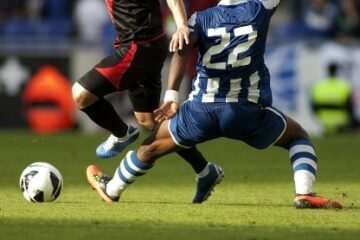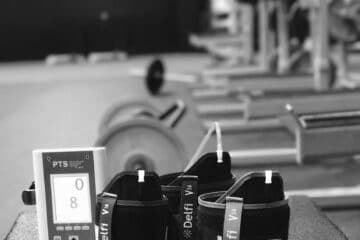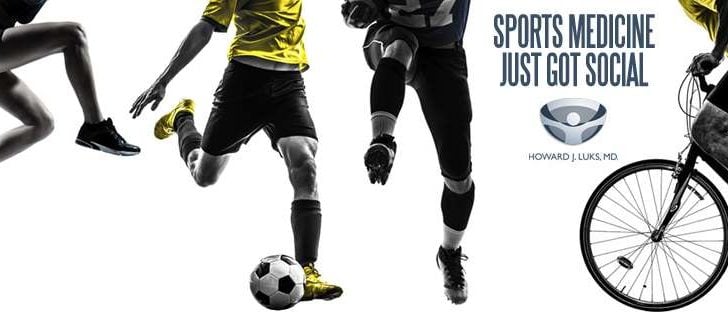
As you know, I am a Westchester County, NY Board Certified Orthopedic Surgeon specializing in Sports Medicine … Because we treat so many athletes and weekend warriors alike we tend to spot trends in sports injuries very early. Snow is upon us… and so are skiing related injuries. As snowboarding becomes more popular we are seeing more ankle injuries. But for both traditional skiers and snowboarders alike, ACL tears are the most devastating injury.
A sad fact known to most Sports Medicine Surgeons … ACL tears, in general, are on the rise. We see them more often then ever in soccer and football players. But now skiing season has begun… and the number of ACL tears, at least in my neck of the woods in NY have started to rise..
If you have suffered an ACL tear, you need to understand these 4 key issues.
1. The technique for performing an ACL reconstruction has evolved significantly. Over the last few years nearly all high volume ACL surgeons have gone to an “anatomic” approach. That means that during ACL surgery we put the new ligament in exactly the same position your native ligament was. Believe it or not, that’s not how we were originally trained how to do it. The older technique was easier… which is likely the reason why some surgeons still use it.
Take Home Message: An “anatomic” reconstruction has become the gold standard. It is a more technically challenging procedure, so be sure to review with your surgeon what technique they plan on using.
2. Volume matters ! ACL Tears are common. ACL surgery is not routine. A successful reconstruction demands attention to detail and significant experience. Most surgeons only perform a handful per year! An ACL reconstruction is a technically challenging procedure. It should only be performed by those of us who are experienced ACL surgeons.
Take Home Message: Be sure to find a surgeon that performs a fair number of ACL reconstructions each month… not a few each year.
3. When we reconstruct the ACL we need to create a new ligament. We can either choose to use your hamstring tendons, a piece from your patella, or a donor graft from cadaver tissue. Different grafts are better suited for different situations. Women tend to be “quadriceps dominant” so a patella graft might better suit their needs. A patella tendon graft might be better suited for high level contact athletes. A hamstring graft is a strong graft well suited for most all activities. The research shows that a cadaver graft in a young active person should probably be avoided due to a high failure rate.
Take Home Message: One graft does not suit all needs for people considering ACL surgery. Be sure to do your research and talk to your surgeon about your goals so the proper graft can be chosen.
4. If you have suffered an ACL tear, you are at very high risk for re-tearing the ACL in the same knee — or tearing the ACL in the other knee. Many people have a predisposition due to a “neuromuscular” impairment. (I hate big words too) That basically means the way you jump, land, pivot, etc needs to be evaluated to correct your biomechanics to dimish your risk of requiring another ACL surgery.
Take Home Message: Physical therapy is an absolutely critical part of the overall recovery process. Finishing up with a formal neuromuscular evaluation may play a role in diminishing your risk of a second ACL tear.
To assist you further we have also recently published our ACL Expert Series where 5 high volume ACL surgeons, and 6 expert Physical Therapists and Athletic Trainers from around the US have written about key issues and questions you will have to understand as a recently injured ACL patient.
Who Needs to Consider Having ACL Surgery?
How Do You Choose Your ACL Surgeon?
Do you have questions regarding an Orthopedic injury or longevity?
Do you want to talk to an expert who can listen to you for 45-60 minutes and explain the options in detail?
Dr. Howard Luks offers remote guidance sessions to review your X-ray or MRI images and explain your options.
Dr. Luks has also received hundreds of requests for educational sessions on the topics discussed in his book, Longevity Simplified.
Which ACL Graft Should I Use For My New Ligament?
The Role of Physical Therapy Before ACL Surgery
Have any questions?

